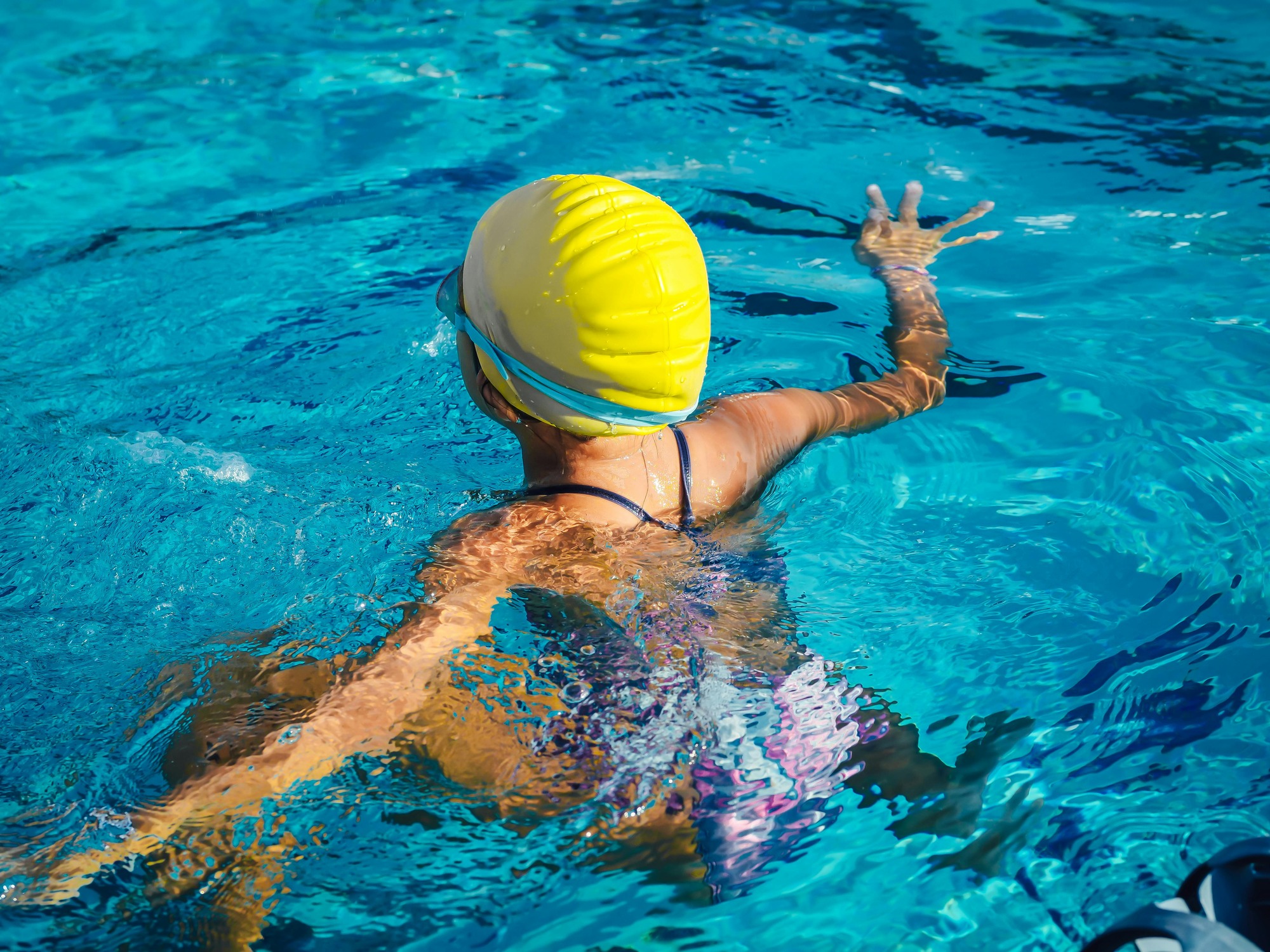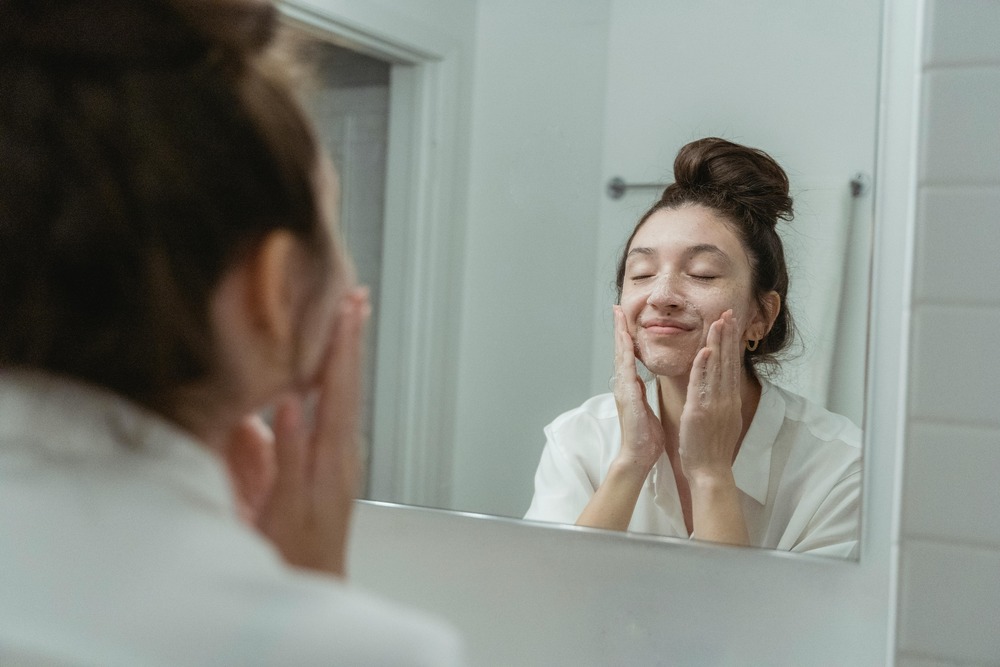How to Talk to Your Caregivers About Playground Safety Checks

Playgrounds are places of joy, laughter, and exploration for children. But making sure they remain safe requires proactive steps like caregiver playground safety checks. By empowering your child’s caregivers with knowledge and clear guidelines, you help create a safer outdoor environment free from hidden dangers, like fentanyl capsules, broken glass, or other harmful objects.
Here’s how to approach this crucial conversation, along with actionable tips to address emergencies and equip your household with life-saving tools like Naloxone (NARCAN®).
1. Start with the “Why”
The key to getting caregivers on board is to foster trust and collaboration. Highlight that talking about caregiver playground safety checks isn’t about micromanaging but about working together to safeguard your child.
Share real-life examples, such as the recent discovery of colorful capsules filled with fentanyl on a Central Park playground. This substance, even in the tiniest amounts, can be deadly. Dangerous items, such as sharp objects, discarded vape pens, or edibles, may also pose significant risks.
Framing the discussion this way helps caregivers understand their critical role in your child’s safety.
2. Make It Routine
Encourage caregivers to include a quick scan of the playground as part of their arrival routine. They should look for potential hazards like:
- Sharp objects or broken glass.
- Colorful capsules or pills that could contain harmful substances.
- Food wrappers, edibles, or vape pens that might be irresistible to curious children.
This step requires less than a minute but can make a world of difference in reducing risks. Reinforce that caregiver playground safety checks are about creating a habit of vigilance that ensures everyone’s peace of mind.
3. Teach Kids to Stay Safe
Building consistent safety rules at home and with caregivers empowers your child to stay alert without being fearful. Teach simple rules like, “If you don’t know what it is, don’t touch it and tell a grown-up.”
Engage caregivers in this process by demonstrating how you address safety at home. This ensures your child receives consistent messaging during outings and builds trust among all parties.
4. Prepare for the Unexpected
Despite everyone’s vigilance, emergencies can happen. Equip caregivers with clear instructions and tools they need to respond effectively. If fentanyl or another harmful substance is suspected, they should follow these steps immediately:
- Administer Naloxone (NARCAN®): This life-saving medication can reverse opioid overdose symptoms and is safe for children. Caregivers should know where to find it and how to use it.
- Call 911: Even if NARCAN® is used, prompt medical assistance is essential. Symptoms can escalate quickly without professional care.
- Wash Affected Areas: If a harmful substance comes into contact with your child’s skin or mouth, caregivers should rinse the area with soap and water. Avoid hand sanitizer, which may increase absorption.
- Recognize Symptoms: Key signs of fentanyl exposure include drowsiness, difficulty breathing, pinpoint pupils, and confusion. Caregivers should act immediately if they observe any of these.
5. Share What to Do in an Emergency
Discuss steps caregivers can take if they suspect your child has been exposed to fentanyl or another harmful substance. Preparedness is key, as seconds matter when exposure occurs. According to medical experts, if exposure is suspected, caregivers should immediately do the following:
- Administer Naloxone (NARCAN®) if available, as it can quickly reverse opioid overdose symptoms. Naloxone is safe for children.
- Call 911 right away even if NARCAN® has been used, as symptoms can escalate quickly and require professional care.
- Recognize symptoms: Signs of fentanyl exposure in children include drowsiness, difficulty breathing, confusion, or small pupils. Awareness can prevent delays in treatment.
- Rinse exposed areas if the fentanyl contact was on the skin or in the mouth, using soap and water. Avoid hand sanitizer, as it could increase absorption.
Save emergency contacts, including Poison Control (1-800-222-1222), in your caregivers’ phones and ensure they feel confident handling unexpected situations.
6. How to Obtain Naloxone (NARCAN®)
Every household should have Naloxone on hand, as it can be the difference between life and death in an emergency involving opioids. Here’s how you can obtain NARCAN® for free in New York State:
- Request It Online: Visit NY State’s Naloxone Co-Payment Assistance Program to have NARCAN® delivered to you.
- Check Local Pharmacies: Many pharmacies distribute NARCAN® with or without a prescription. Contact your pharmacy to inquire.
Having Naloxone readily available and ensuring caregivers are trained to use it equips you with a powerful safety net for handling emergencies.
7. Show Your Appreciation
Acknowledging the pivotal role that caregivers play fosters goodwill and accountability. Thank them for prioritizing caregiver playground safety checks, and emphasize how their proactive approach keeps your child safe and happy. Positive reinforcement can go a long way in cementing these habits.
Bottom Line
Playgrounds should be places of exploration and joy, not risks and worries. By having clear, open conversations about safety precautions and emergency preparedness, you empower caregivers to confidently protect your child. Together, we can create a safer environment for families to enjoy.
Want more caregiver safety tips and scripts for productive conversations? Explore our full resource hub.
Sources
- U.S. Food and Drug Administration (FDA)
- St. Louis Children’s Hospital (Children & Fentanyl)
- Fremont Police Department (Drugs & Fentanyl Awareness)
The information provided in this article is for general informational and educational purposes only and is not a substitute for professional advice. Accordingly, before taking any actions based upon such information, we encourage you to consult with the appropriate professionals.









